

HORIZONS HARTE RESEARCH INSTITUTE
A MESSAGE FROM THE
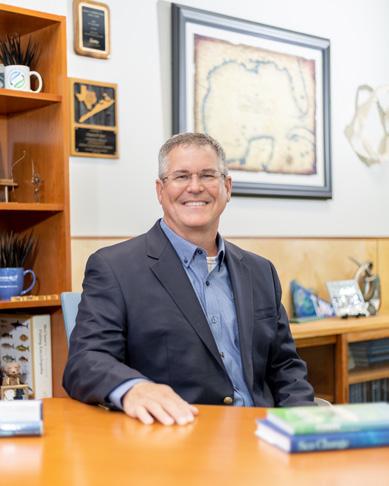
SENIOR EXECUTIVE DIRECTOR
A horizon is generally defined as the line where the earth or ocean meets the sky, but it can also mean the limit of one’s knowledge, experience, or perspective. At the Harte Research Institute (HRI) at Texas A&M University-Corpus Christi, we feel our work expands this type of horizon to bolster the amount of knowledge, experience, or perspective one can gain.
Over the last 25 years, our scientists and researchers have worked on projects that have direct impact on
the Gulf, and we continue to push the boundaries of what is possible each day. We are not just exploring new horizons — we are defining them.
The following pages offer a chance to see the impact HRI has had over the last 25 years, starting with Ed Harte’s generous $46 million gift in 2000, which ignited a quarter-century of impact through research, education, and conservation.
As we move forward into the future, we will continue to seek solutions, inspire change, and ensure a thriving Gulf for generations to come, continuing the expansion of our horizons.
Greg Stunz, Ph.D.
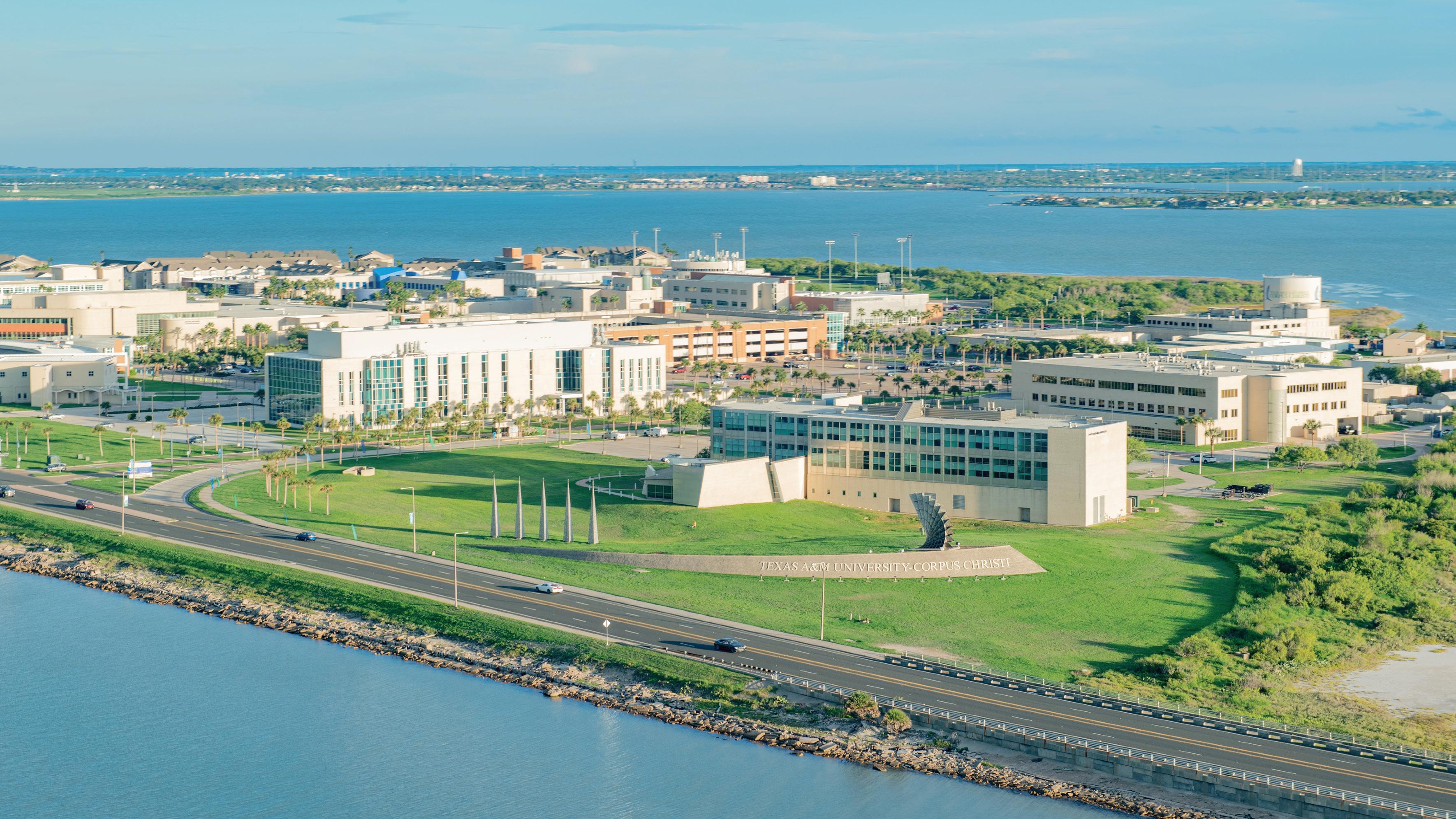
A LEGACY OF INNOVATION
25 Years of Harte Research Institute’s Transformative Impact

The creation of HRI wasn’t just founded on a generous gift — it was built on a vision. A vision that science, policy, and conservation should work hand in hand to protect the Gulf for generations to come and create a legacy that would shape the future of TAMU-CC and the vast coastal ecosystems beyond.
More than 25 years ago, Ed Harte turned that vision into reality with a $46 million gift — one of the most significant philanthropic contributions to a state university at that time. Harte’s investment didn’t just establish a research institute; it ignited a movement bringing together leading scientists, policymakers, and conservationists to tackle the most pressing challenges facing our oceans and coasts.
That legacy continues to grow, shaping solutions that safeguard the Gulf and inspire the next generation, and as Will Harte, one of Ed Harte’s sons, said, “It’s good people doing good work.”
It was a bold idea that has since transformed HRI into a global leader in marine research, conservation, and policy, and positioned TAMU-CC among the state’s top research institutions. HRI has attracted renowned scientists, fostered international collaborations, influenced policies, and found sustainable solutions for an ever-changing Gulf and beyond.
“Dad wanted to preserve (the gulf) environmentally and economically,” said Chris Harte, another of Harte’s four children. “He would be happy with where it’s gone and be happy with the things his two large gifts have accomplished. It’s fantastic.”
That legacy lives on through groundbreaking initiatives that reflect Ed Harte’s environmental vision and the institute’s commitment to proactively solving Gulf issues.
Sink Your Shucks™ is one of the country’s first oyster shell recycling efforts, and has recycled more than three million pounds of oyster shell and restored more than 45 acres of reefs. Bringing Baffin Back™ is a unique
partnership between HRI’s scientists and researchers, stakeholders, and citizen scientists that is helping to restore one of the world’s few hypersaline lagoons in Baffin Bay.
HRI was at the forefront in the response to the Deepwater Horizon spill in 2010, leading to innovative research on its environmental impact and how restoration efforts would be carried out, helping to shape future policies affecting the Gulf.
The Gulf Research Initiative Information and Data Cooperative or GRIIDC was a unique data repository that offers scientists from across the globe a chance to review and share material from Gulf research, and the Center for Sportfish Science and Conservation is a leader in fisheries research, using cutting-edge technology to study marine species, track fish migrations, and inform conservation efforts.
These are just a few of the many cutting-edge initiatives and research efforts at HRI. This silver anniversary milestone serves as a reminder of the vital role the institute plays in addressing pressing environmental challenges such as climate change impacts on coastal ecosystems (including corals) habitat loss and degradation, water quality, and fisheries sustainability.
“If you look at other institutions that have research activities going on, they’ve been developed over a period of 50 or 100 years,” said Dr. Robert R. Furgason, TAMU-CC President Emeritus, who was also the founding director of the institute. “This one has had a dramatic impact on the Gulf and the activities there in 25 years. I don’t think you can overemphasize how quickly that has happened.”
HRI’s mission remains steadfast: to honor the vision that started it all by advancing science-driven solutions™ that ensure the Gulf and the communities who depend on it continue to thrive.

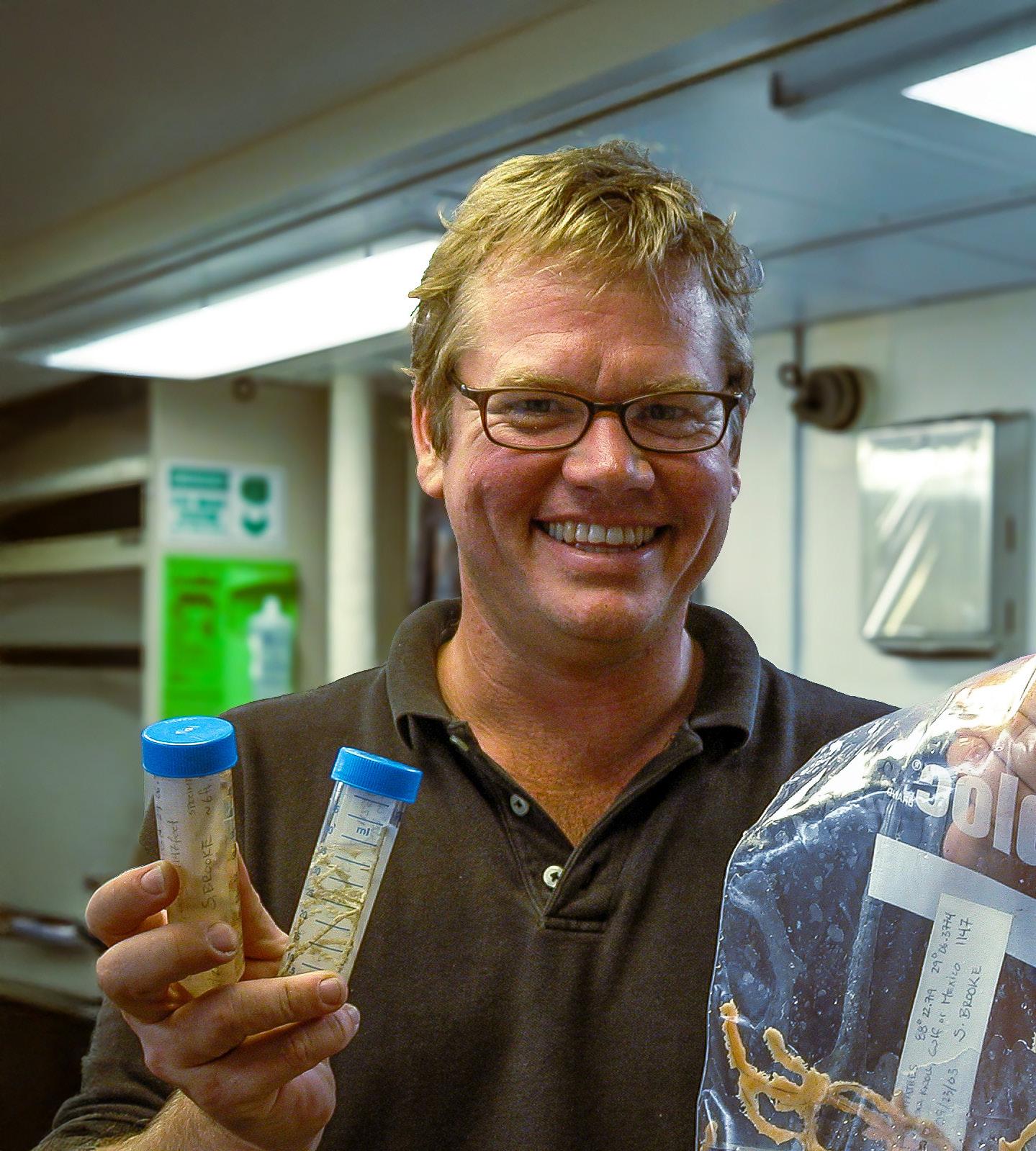
ALUMNI SPOTLIGHT
The salt spray clung to Peter Etnoyer’s skin as he stood on the deck of the MV Spree, the Gulf stretching endlessly before him. It was 2006, and Etnoyer, beginning his doctoral studies at HRI at TAMU-CC, was about to embark on a dive that would stay with him for the rest of his career.
He wasn’t alone. Beside him on the trip was the late Dr. Wes Tunnell, HRI’s beloved associate director, sharing stories of past discoveries with his signature warmth. Nearby, Dr. Tom Shirley, an HRI researcher, was adjusting his dive gear, while Billy Causey, a National Oceanic and Atmospheric Administration (NOAA) coral reef specialist, reviewed the plan for their descent. Their mission: to explore the mysterious Seven and One-Half Fathom Reef off the South Texas coast. “At that time only Wes had the coordinates for this place,” Etnoyer said. “It was his secret spot.”
As they plunged beneath the waves, the world above melted away, replaced by an underwater realm teeming with marine life. It was a moment of wonder, a dive that shaped Etnoyer’s future as a marine scientist — and one that still resonates with him nearly two decades later.
Etnoyer was among a small number of HRI students on this expedition, focusing on different areas of the reef as part of their work. The excursion offered Etnoyer a hands-on opportunity to collect coral samples and to learn more about the biology and geology of the reefs and about the corals that were growing.
Etnoyer, who is currently a marine biologist for NOAA based in South Carolina, is one of hundreds of former students who have worked in the labs and the field with HRI while earning the degrees that propelled them into their scientific careers. The experience students gain contributing to original research is an important part of HRI's mission.
“You can only learn so much from a book, or from the internet,” Etnoyer said. “When you have those personal insights, it makes you feel more connected to these ecosystems.”
Etnoyer went on to earn a Ph.D. in coastal and marine system science from TAMU-CC and currently studies deep-sea coral reefs for NOAA. Etnoyer said he considers Shirley, now retired, a key mentor in his career, and others such as Tunnell, Dr. Paul Montagna, Dr. Ian MacDonald, and many more, as key facilitators in his learning experience.
It was those types of experiences that prepared Etnoyer for his career at NOAA. He began with NOAA in December 2009, and shortly after he was hired, he was assigned to work on the response to the Deepwater Horizon oil spill off the coast of Louisiana. His work at HRI put him in a position to be part of groundbreaking science and set a course for his career.
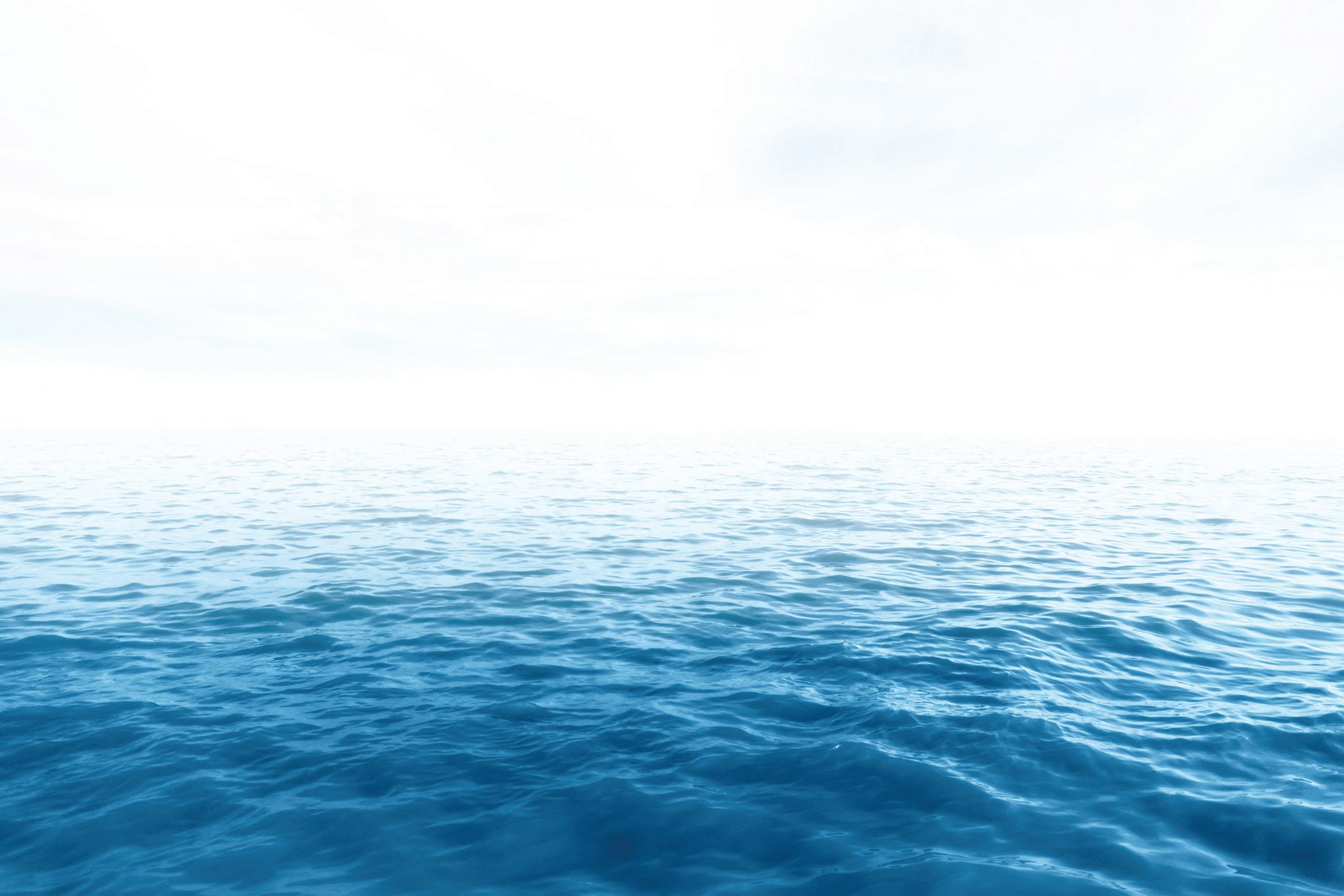
I wouldn’t be in the position I am in now if it wasn’t for my experience at HRI. I left HRI feeling well prepared for the future, and also well connected to a network of experts around the Gulf and the country.
-Peter Etnoyer ‘09 “ ”

The Harte Research Institute’s 25-year legacy of research and education is so expansive, its full impact is simply difficult to pin down.
What began with a generous gift of $46 million has grown into one of the premier marine research facilities in the world, and each day the research conducted continues to drive policy and inspire actionable solutions for the Gulf, its communities, and beyond.
As we move forward into the future, let’s look at some impacts HRI has made over the course of 25 years.
TIMELINE OF IMPACTS

International Collaboration 20 07
The Gulf borders three different nations (The United States, Mexico, and Cuba), and the marine research cooperation spearheaded by HRI between the three countries has been a key driver in helping find science-driven solutions™ for the entire Gulf. The program has two international chairs and the Student Workshop on International Coastal and Marine Management (SWIMM) program helps to bring together students from all three countries to build long-lasting relationships.
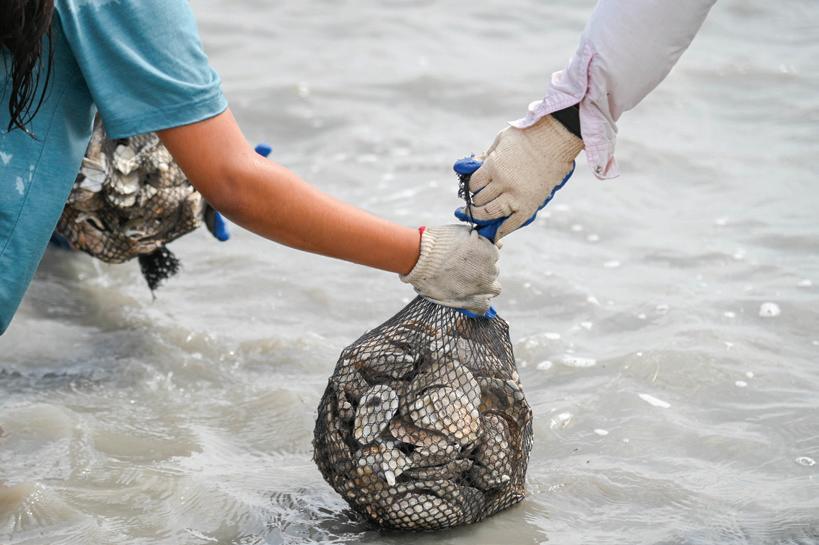
20 09
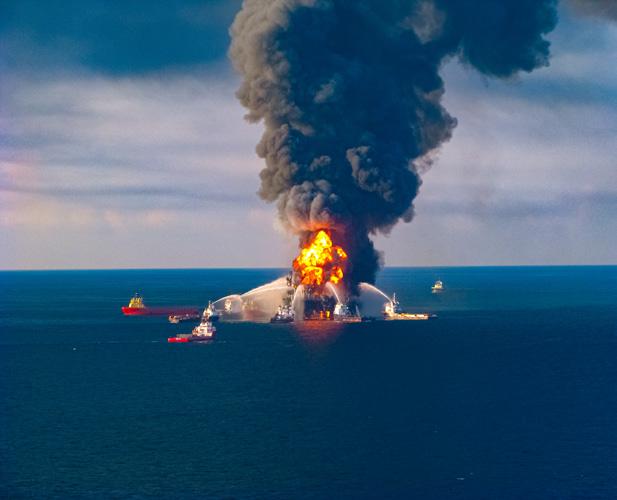
Deepwater
Horizon 20 10
HRI was a young marine research organization in April of 2010 when the Deepwater Horizon Spill occurred in the Gulf. But the institute’s scientists and researchers were at the forefront in studying the effects of one of the Gulf’s worst ecological disasters. From advising agencies to shaping recovery strategies, HRI matured with its work on the Deepwater Horizon Spill, and that work continues to this day.
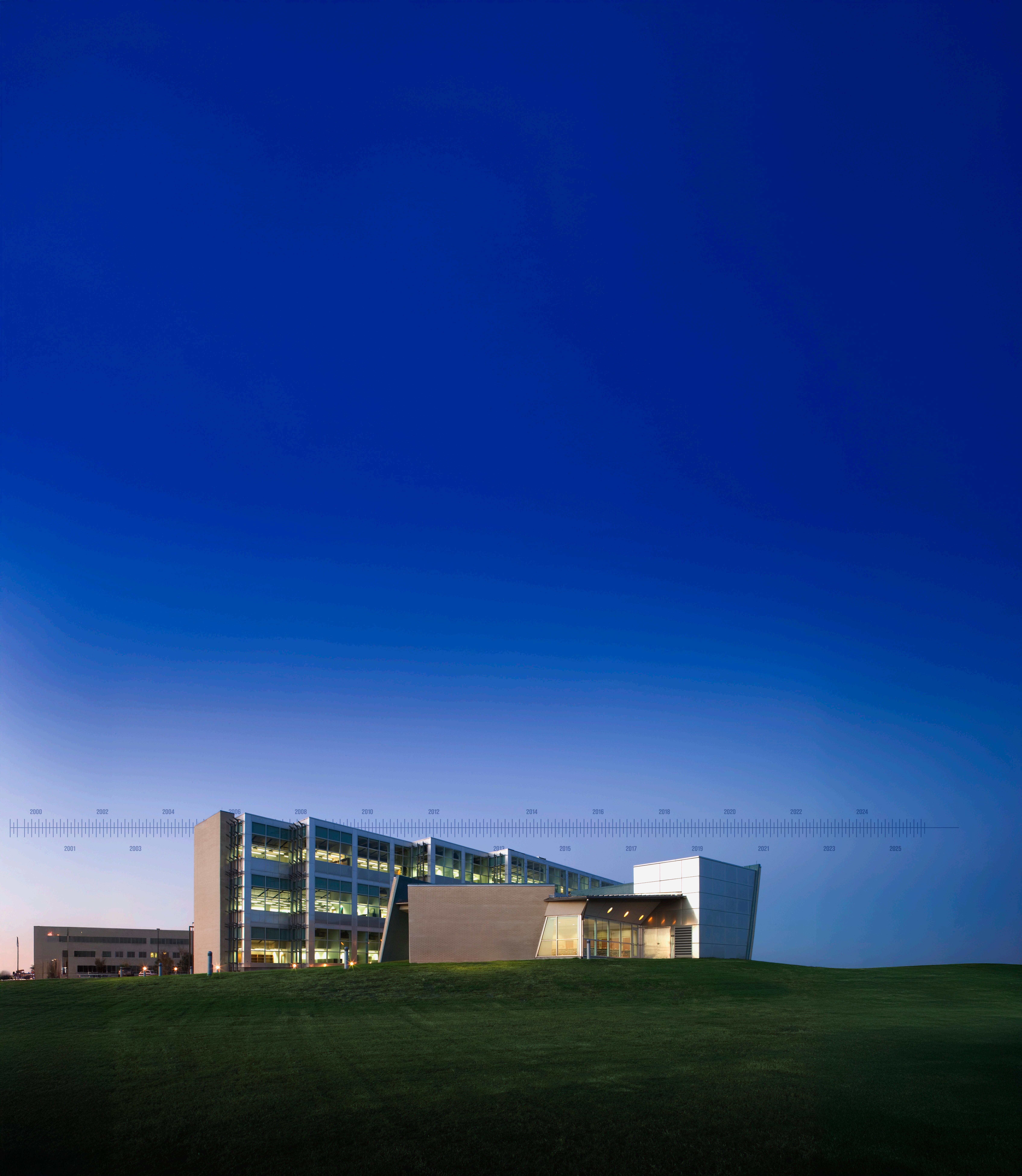
Sink Your Shucks™
Sink Your Shucks™ is one of the nation’s first community-based oyster shell recycling programs and a key restorative effort for the Gulf and its communities. The restoration of vital oyster reefs with recycled oyster shells from restaurants and festivals improves water quality, supports marine habitats, promotes sustainable seafood practices, and builds community awareness and engagement. To date, the program has recycled more than three million oyster shells and restored more than 45 acres of reefs.
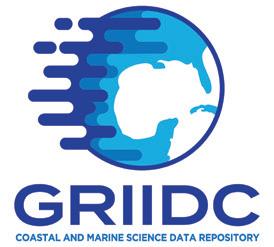
GRIIDC 20 12
One of the outgrowths of Deepwater Horizon was the formation of the Gulf Research Initiative Information & Data Cooperative, now known as GRIIDC. It was established to help make the data publicly available as scientific research was piling up on Deepwater Horizon and its effects. GRIIDC houses data from multiple entities across the Gulf, making it one of the Gulf’s foremost repositories of information including biology, chemistry, oceanography, sociology, and public health.
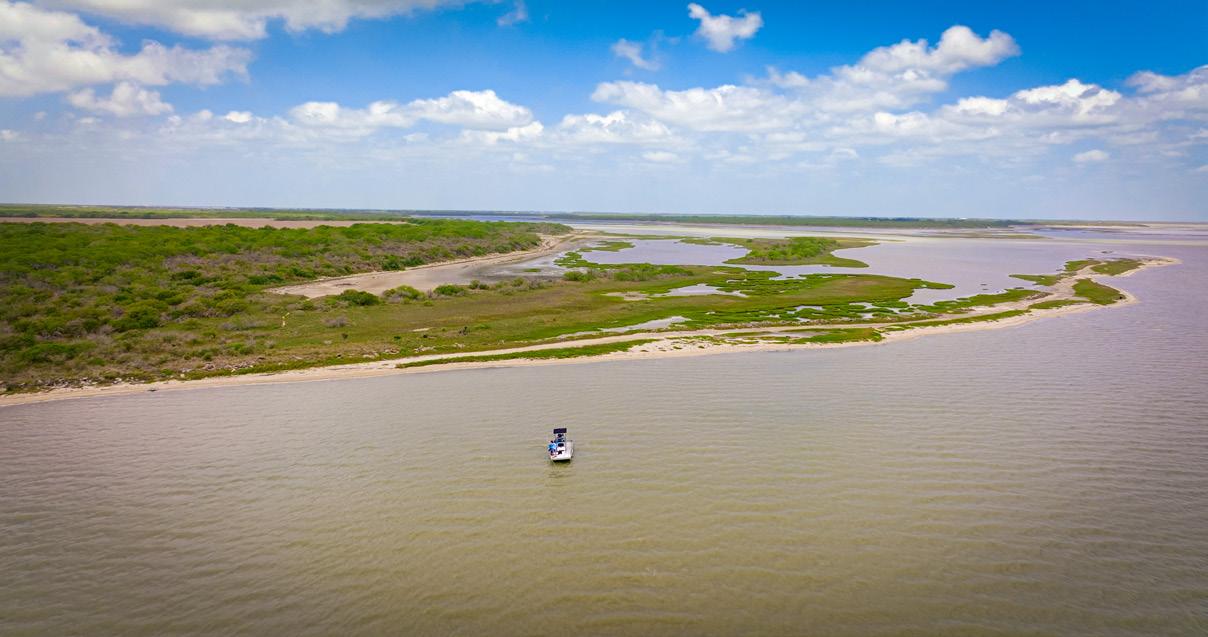
Bringing Baffin Back™
This innovative South Texas collaboration between citizens, policymakers, landowners, and scientists has broken new ground in cooperation and is helping to restore the 1.5-million acre Baffin Bay watershed along the lower Texas coast, which many consider a “Texas Treasure.” This system is important ecologically and economically in South Texas, and this restorative effort is blazing new trails.
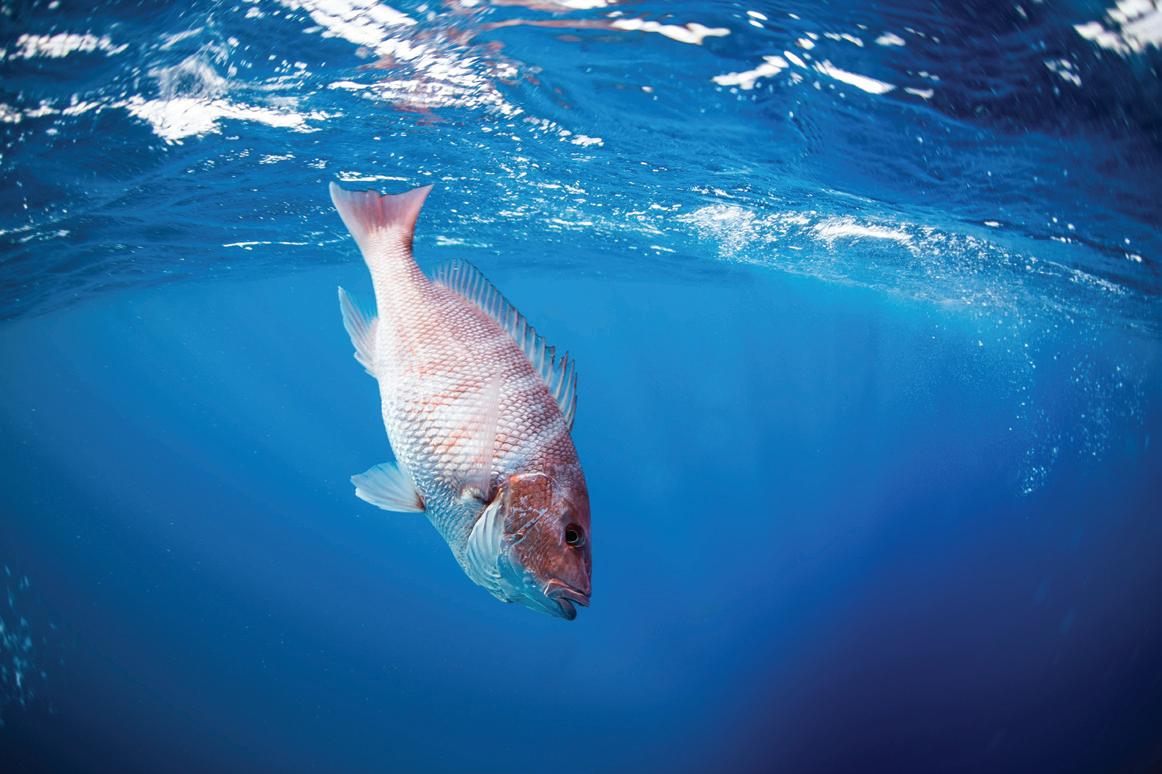
17
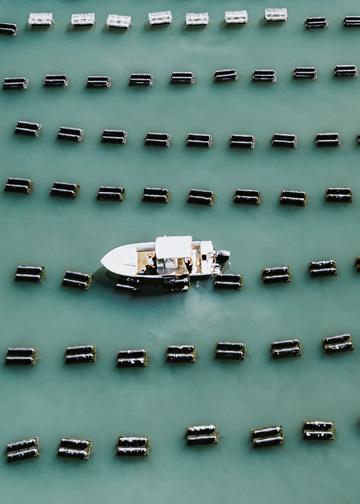
Oysters

Great Red Snapper Count
The Great Red Snapper Count revealed an estimated 118 million Red Snapper in U.S. Gulf waters — more than triple previous federal estimates. This groundbreaking study employs innovative methods to uncover a “cryptic biomass” of fish in uncharacterized habitats, potentially reshaping Gulf fisheries management for future years.
We don’t have a crystal ball on what the future will bring for the Gulf and the challenges the world’s ninth-largest body of water faces. Rising populations along the coast raise the need to address coastal erosion, manage limited resources, loss of habitat, and build community resilience. With unwavering dedication, HRI remains at the forefront of efforts to ensure the Gulf thrives as a vital resource for future generations. 20 13
and Mariculture 20 19
Oysters have a vital role in the Gulf’s ecosystem, and HRI has provided innovative solutions and important research to keep these critical keystone species thriving. From work with oysters and carbon sequestration to the Oyster Resource and Recovery Center, to HRI scientists leading the way on efforts to establish oyster farming in Texas, these initiatives show HRI’s commitment to coastal ecosystem resilience.
SCIENCE WITHOUT SILOS
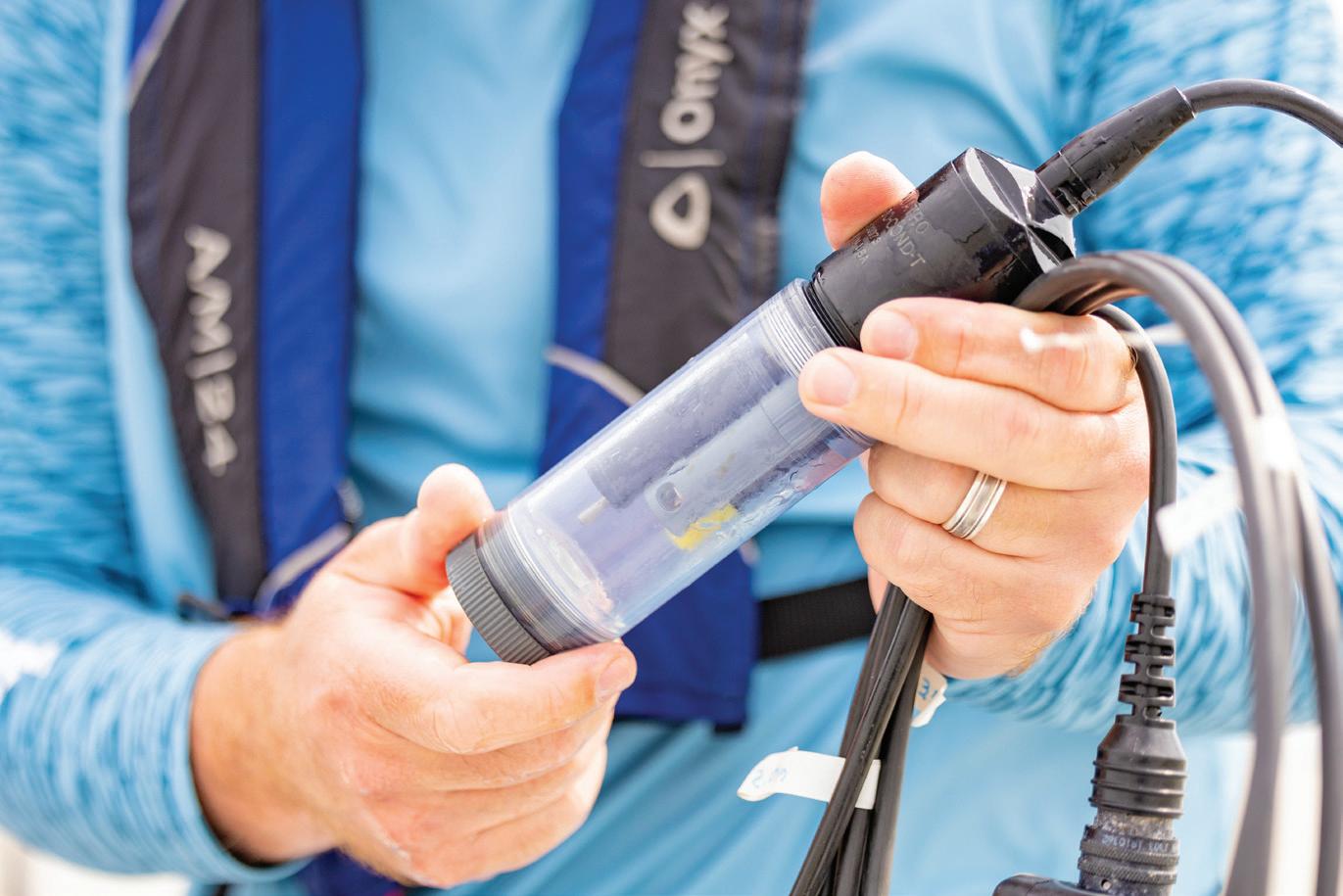
There is nothing more frustrating for a beachgoer or fisherman than preparing for a trip to the Gulf only to find out a harmful algal bloom, such as “red tide,” is disrupting the water. These blooms can harm marine life, affect human health, and impact the economies of coastal communities.
Addressing such a complex issue requires more than one solution — it takes a network of experts working across disciplines to understand, predict, and mitigate the impact. That’s exactly what goes on each day at the Harte Research Institute.
A team of HRI researchers is developing an AI-powered tool that can be stationed at various points along the coast to identify and classify harmful algal bloom species, sending data to a portal where scientists and agencies have access to the information and can issue alerts when readings reach a level of concern. The team includes Dr. Mike Wetz, HRI’s Chair for Coastal Ecosystems Processes, and Felimon Gayanilo, an Enterprise IT Technologist in the Geospatial Sciences program at HRI.
Real-time monitoring of red tide events is becoming a reality and has the potential to have far-reaching scientific and economic impacts once fully implemented. But it is one piece of a broader effort to utilize an interdisciplinary approach to research.
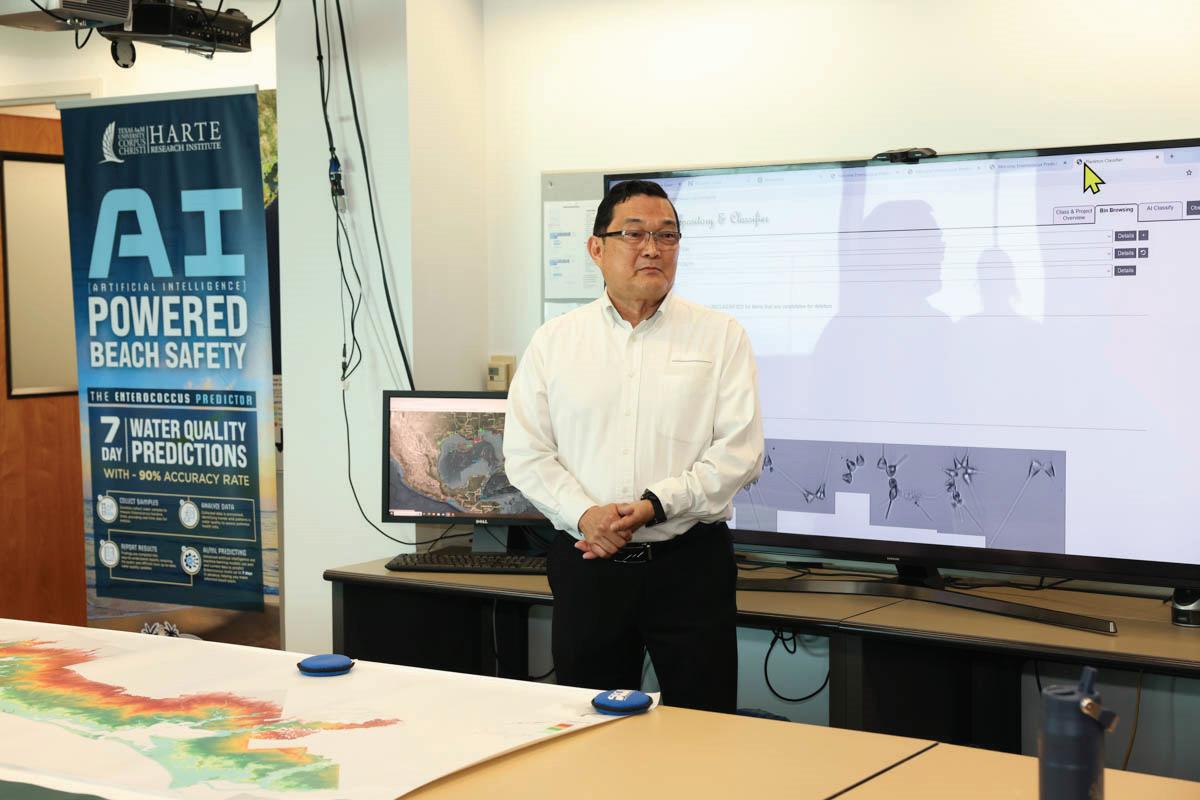
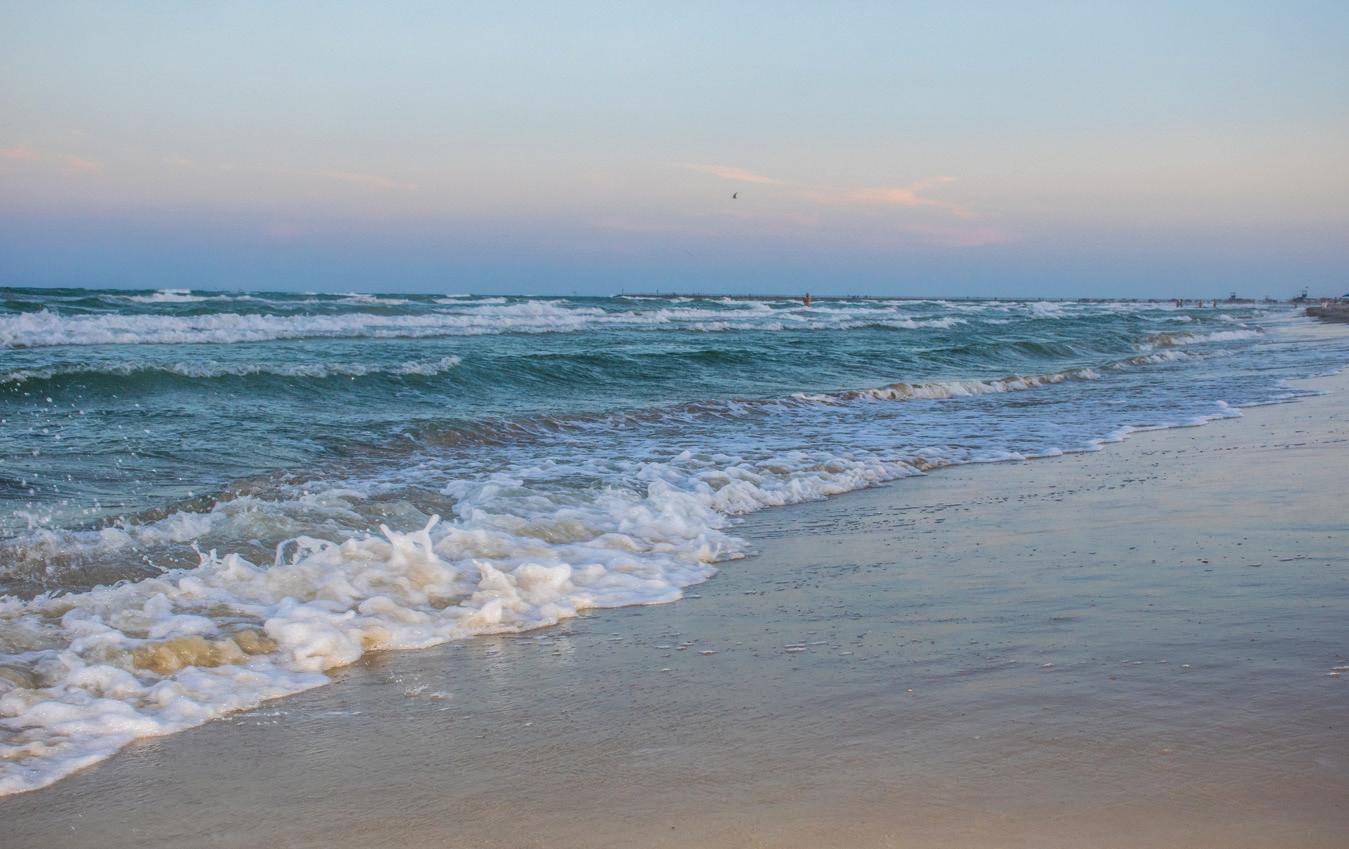
Embracing an interdisciplinary approach allows HRI researchers to push the boundaries of marine research and conservation, ensuring scientific discoveries translate into real-world solutions that benefit the Gulf and the communities who depend on it.
Collaboration at HRI can range from geospatial and restoration programs coming together to map and assess Baffin Bay’s unique Serpulid reefs for conservation, or cooperative efforts between multiple programs to produce a report card that evaluates the Gulf’s ecosystem health.
“Taking an interdisciplinary approach is the only way to solve these problems that our fragile marine ecosystems are facing,” said Dr. Keisha Bahr, HRI’s Chair for Coral Reef and Ocean Health. “That’s not only looking at the social behaviors behind them but also the economics behind them, and the laws as well.”
Through collaboration and innovation, the Harte Research Institute is turning science into action. By tackling coastal challenges with interdisciplinary solutions, HRI is helping protect the Gulf and the communities that depend on it.
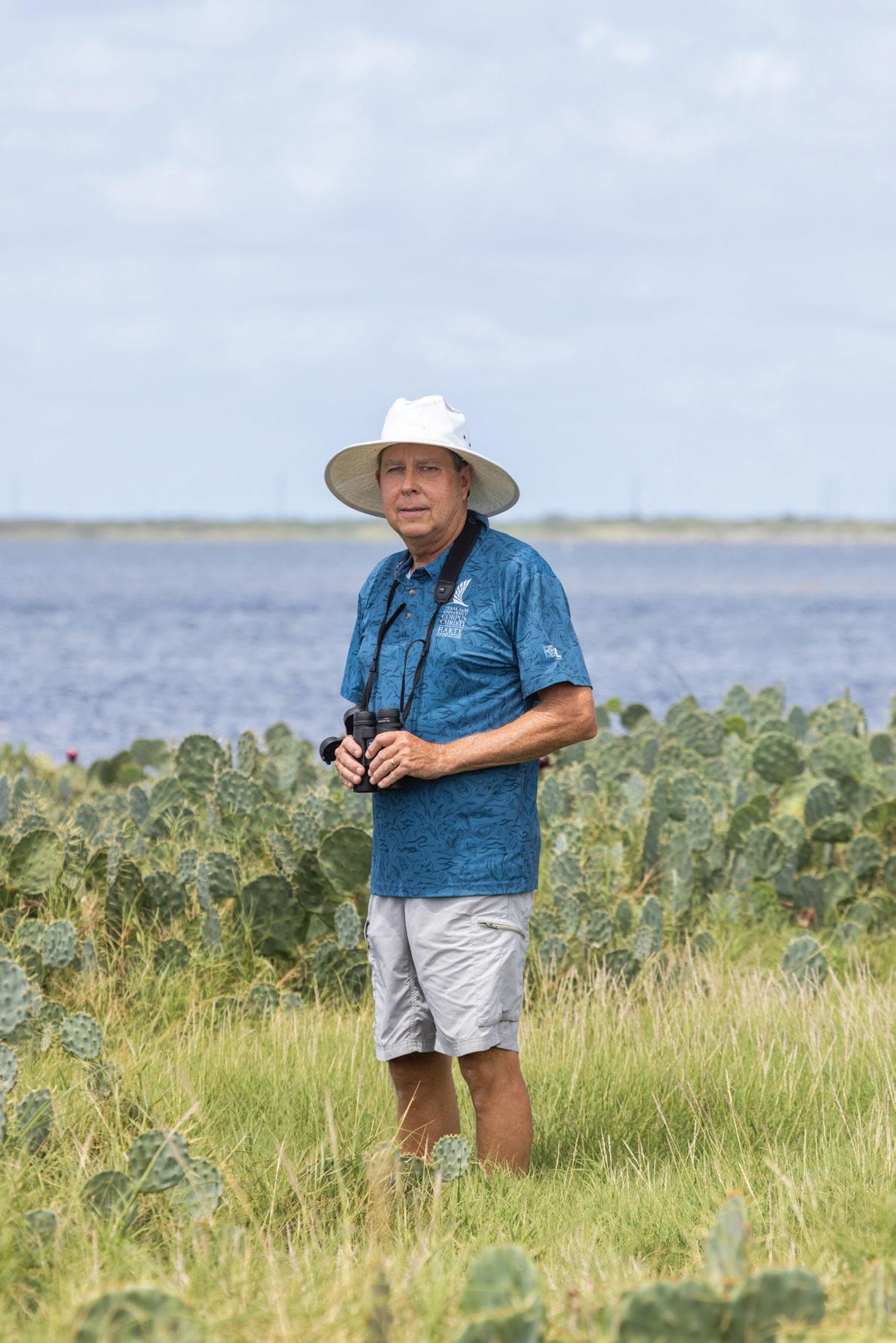
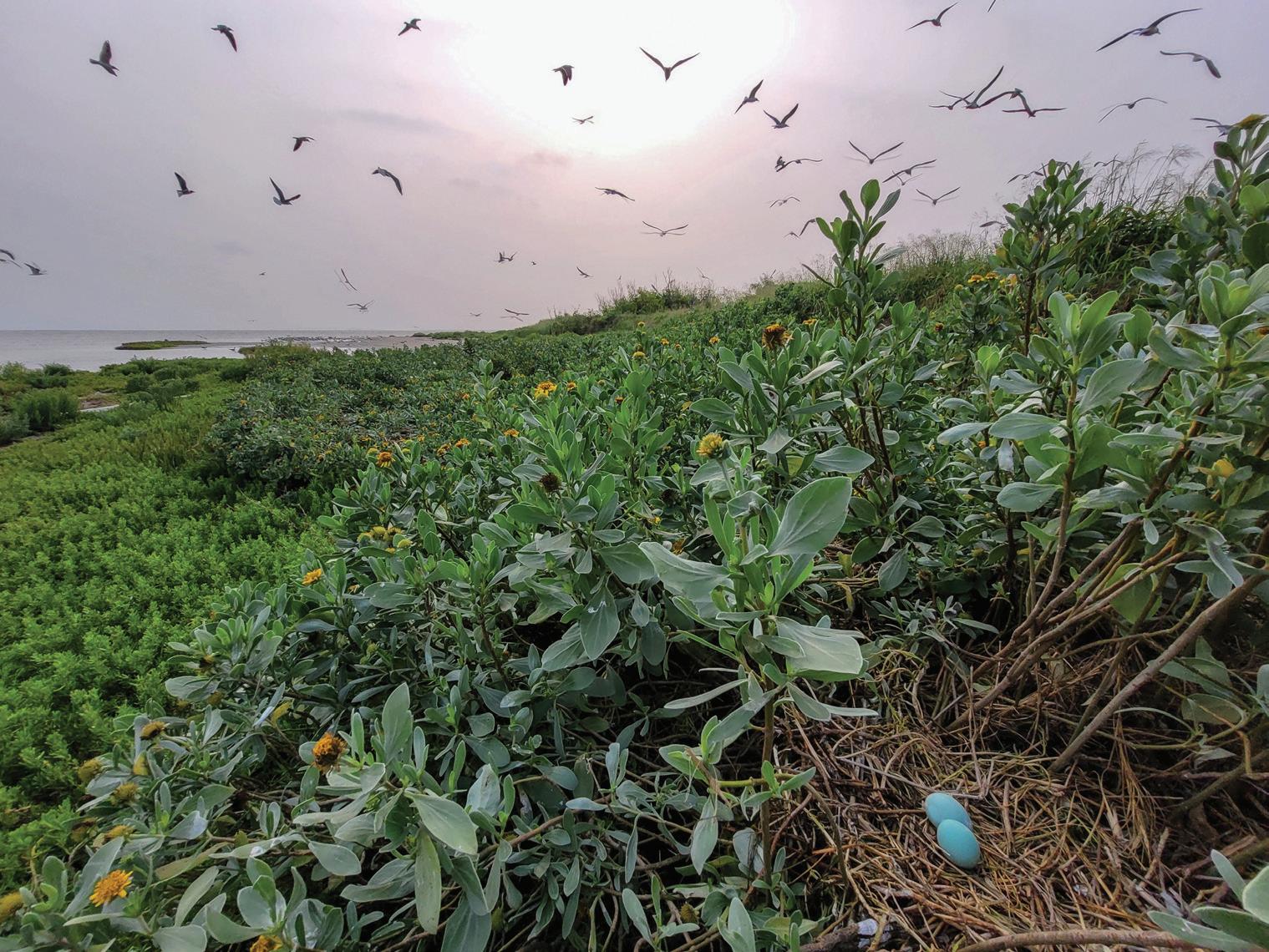


FLIGHTS FUELED BY INSIGHT
In the quiet stillness of a coastal marsh, where the calls of gulls and terns echo over the water, science and conservation intersect to safeguard the future of these vital ecosystems. At the heart of this effort is a dedicated team led by Dr. Dale Gawlik.
Gawlik has led the Conservation and Biodiversity program at the Harte Research Institute at Texas A&M University-Corpus Christi since 2020, harnessing cutting-edge research to guide the protection of waterbirds and their habitats.
That mission received a transformative boost in September 2024 when the James A. “Buddy” Davidson Charitable Foundation announced a $1.5 million endowment to establish a dedicated chair in Conservation and Biodiversity. The foundation, named for James A. “Buddy” Davidson — an oilman, lawyer, and conservationist passionate about environmental preservation — has long supported efforts to improve the quality of life in Texas. Now, its commitment extends to ensuring the longevity of coastal ecosystems and the species that depend on them.
From monitoring vast flocks of birds with drones to designing strategic restoration plans, the program
equips policymakers and conservationists with the tools they need to make informed decisions. One of its initiatives, the Colony Island Network Design and Implementation (CINDI) project, is helping coastal managers pinpoint the most effective locations for restoring critical nesting sites. Supported by the National Oceanic and Atmospheric Administration’s (NOAA) RESTORE Science Program, this work is not just about preserving birds — it’s about sustaining the delicate balance of coastal ecosystems.
“We are very pleased to provide this chair to Harte Research Institute,” said Elaine Greenhaw, Director of Animals, Wildlife, and Conservation at the James A. “Buddy” Davidson Charitable Foundation.
“Throughout his life, Buddy Davidson supported wildlife, education, conservation, and the environment. This is a fitting tribute to the memory of his generous spirit.”
With the strength of the Davidson Foundation’s investment, Gawlik and his team are poised to expand their efforts, ensuring the skies over the Texas coast remain filled with the silhouettes of waterbirds for generations to come.
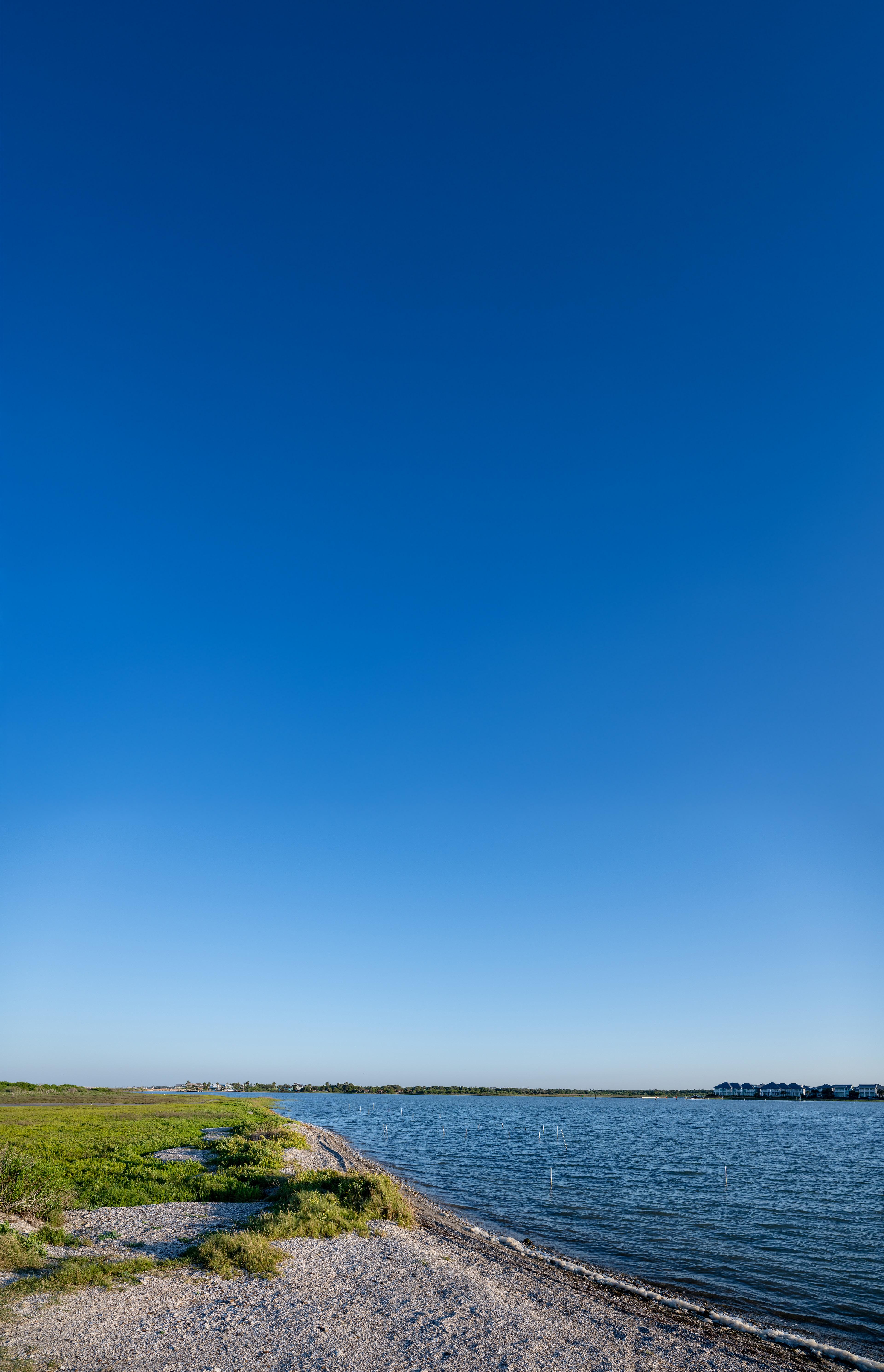

REELING IN THE FUTURE
In summer 2024, researchers from the Center for Sportfish Science and Conservation (CSSC) tagged billfish during the annual Billfish Pachanga tournament out of Port Aransas, a program which helps them gain valuable data in the study of migration patterns and habitat use.
Three months later, a sailfish tagged in the tournament was tracked from Texas to the Turks and Caicos, offering insights into movement patterns and environmental factors. CSSC, a research center of the Harte Research Institute at Texas A&M University-Corpus Christi, conducts research on fish movement, habitat conservation, angler engagement, and more.
It is that type of research that has intrigued angler and noted Texas conservationist Mark Ray. Ray is a lifelong angler whose love for the water started with a fishing pole at age five and deepened when his family moved to Corpus Christi. He is one of the state’s most recognizable conservationists as a member of the Coastal Conservation Association (CCA) and currently serves as its Chairman of the Board.
“HRI’s model is information gathering that has an application at some point,” said Ray. “That model at HRI really, really appeals to me.”
Ray was instrumental in the formation of the CSSC in 2012 when CCA donated $500,000 for its founding. Now, more than a decade after its creation, the CSSC is a powerhouse for research and sustainability and Ray’s name will forever be tied to it.
In 2024, the Mark W. Ray CCA Texas Endowed Directorship of the CSSC at HRI was established, ensuring the CSSC has the leadership and resources to continue its vital work for generations to come.
The directorship was endowed with a $750,000 gift from CCA Texas and matched by the Harte Charitable Foundation, totaling $1.5 million of permanent funding.
Dr. Matt Streich ’16, who has been with the CSSC since starting as a doctoral student in 2012, will assume the directorship title and lead a team of researchers to continue its work as being a leading research hub focused on the science of sustainability of recreationally and commercially important sportfish.
“This endowment represents a commitment to science-driven solutions™ and underscores the importance of collaboration in protecting our coastal resources,” Streich said.
Together, we can continue to make a lasting impact on the ecosystems and communities that depend on the Gulf.
-Matt Streich ’16
OUR LEADERSHIP
TEXAS A&M UNIVERSITY-CORPUS CHRISTI PRESIDENT’S CABINET
Dr. Kelly M. Miller
President and CEO
Dr. Catherine Rudowsky
Provost and Vice President for Academic Affairs
Dr. Ahmed Mahdy
Executive Vice President for Research and Innovation
Dr. Brenda Harms Vice President for Enrollment Management
Andrew Rogers Vice President for Finance and Administration
Jaime Nodarse Barrera
Vice President for Institutional Advancement
John LaRue ’23
Vice President for Institutional Excellence and Chief Ethics & Compliance Officer
Adrian Rodriguez
Vice President for Student Engagement and Success and Intercollegiate Athletics

TEXAS A&M-CORPUS CHRISTI FOUNDATION BOARD MEMBERS
Dr. Gregg Silverman (President)
Suzelle Tinnell ’89 (Vice President)

Diane DeCou (Secretary)
Dana Sisk ’01 (Treasurer)
Jordan Anderson
Ed Cantu ’81
Jag Cheema ’68
Dr. Haysam Dawod ’85
Nancy Eshleman (Past President)
President Kelly M. Miller (Ex-Officio)
Govind Nadkarni
Stephen Rybak ’05
Tim Stephens
Rosie Vela ’79, ’80

THE HARTE RESEARCH INSTITUTE LEADERSHIP COUNCIL

Pat Murray (Chair)
Dr. Kelly M. Miller (Ex-Officio)
Dr. Greg Stunz (Ex-Officio)
Jay Kleberg (Ex-Officio)
Clint Bybee
Drew Donalson
Rob Fondren
Pam Harte
Dan Allen Hughes
Phil Miner
Mike Pedrotti
Mark Ray
Raul Rodriguez


